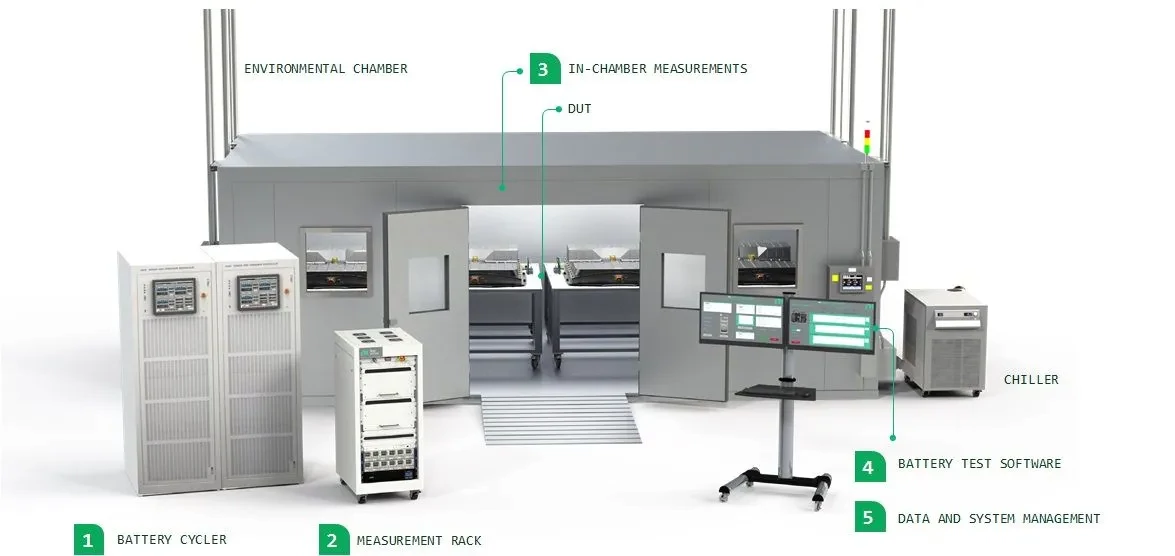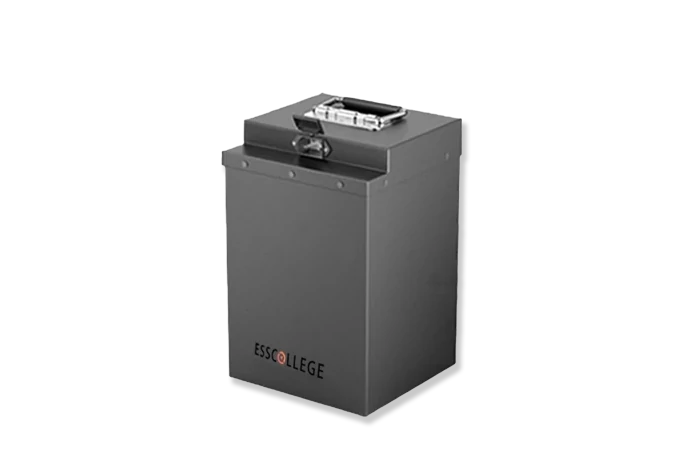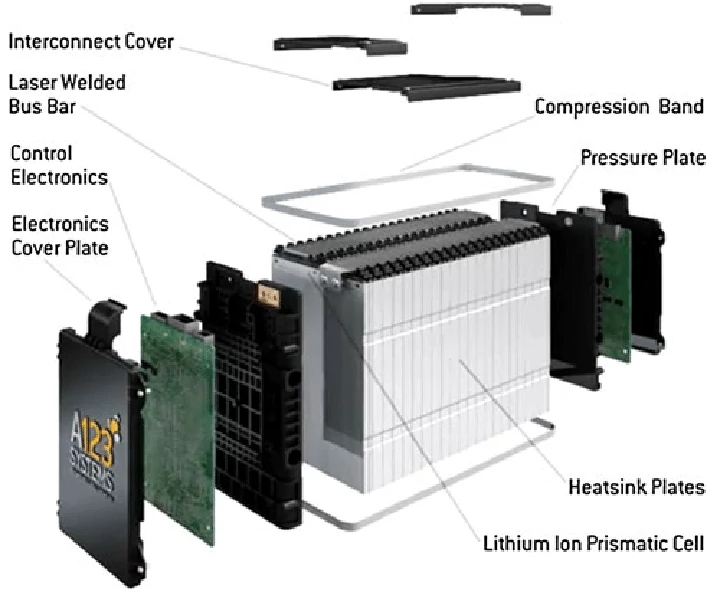Product testing Product testing is a key link to ensure...
Conformance testing of modules
Module consistency test is an important step to verify the consistency of performance and parameters of each battery unit in the module and ensure its overall performance and safety.
Conformance testing of modules

Module conformance testing plays a key role in battery system performance and safety:
Improved performance: By ensuring the consistency of the battery cells within the module, the overall output performance is optimized, so that it can steadily meet the power needs of practical applications.
Extended life: A module with good consistency and high balance of battery cells can reduce local overload or abnormal aging, thereby extending the overall service life of the module.
Ensure safety: The test can find and eliminate potential hazards in time, reduce the risk of overcharge, overdischarge or thermal runaway caused by inconsistency, and ensure the operation safety of the module.
Optimize management: Provide a reliable data base for the battery management system (BMS), enabling it to accurately balance and protect functions, helping to achieve efficient and stable operation of the module.
The test includes
Battery protection function test
Verify the protection ability of BMS in the case of overcharge, overdischarge, overcurrent and abnormal temperature, etc., to ensure the safety and stability of the battery under extreme conditions.
Balancing function test
Content: Test the core functions of the battery management system (BMS), including over charge, over discharge, over current, over temperature and other protection functions, as well as the accuracy and reliability of the equalization circuit, data acquisition and communication functions.
Detect the performance of the BMS equalization circuit, optimize the consistency of the battery cells in the module, and improve the overall performance and service life of the battery module.
Communication function test
Test the accuracy and stability of data transmission between the BMS and external devices to ensure that the battery status information can be shared in real time to support intelligent control.
Data acquisition and storage testing
Verify the collection accuracy and storage capability of key parameters of BMS, and provide a reliable data basis for system monitoring and fault tracing.
Self-test and fault diagnosis test
Ensure that the BMS has the capability of fast self-test and accurate fault diagnosis to detect and handle anomalies in a timely manner, improving system reliability.

low-speed car batteries
Low-speed vehicle battery is a kind of battery designed for low-speed electric vehicles, which has the characteristics of clean, environmental protection, high efficiency and economy, and is widely used in electric golf carts, low-speed electric vehicles (LSV), mobile vendors, campus transportation, cargo trucks and so on
Extended reading
Product packaging and delivery
Product packaging and delivery The packaging and delivery of battery...
Product information expansion
Product information expansion Understanding low-speed vehicle battery product information is...
Product composition
Low-speed lithium battery product composition Understanding the product composition of...
THE ESSC Brand promise
Global supply
Our products sell well all over the world, covering many countries and regions, through the global logistics network, to provide customers with convenient purchasing experience.
Rigorous quality
We adhere to the highest quality control standards to ensure every product meets industry regulations and customer expectations, earning trust through consistent excellence.
Excellent service
With a customer-centric approach, we provide prompt responses, professional support, and personalized services, aiming to deliver the best user experience and long-term value.





